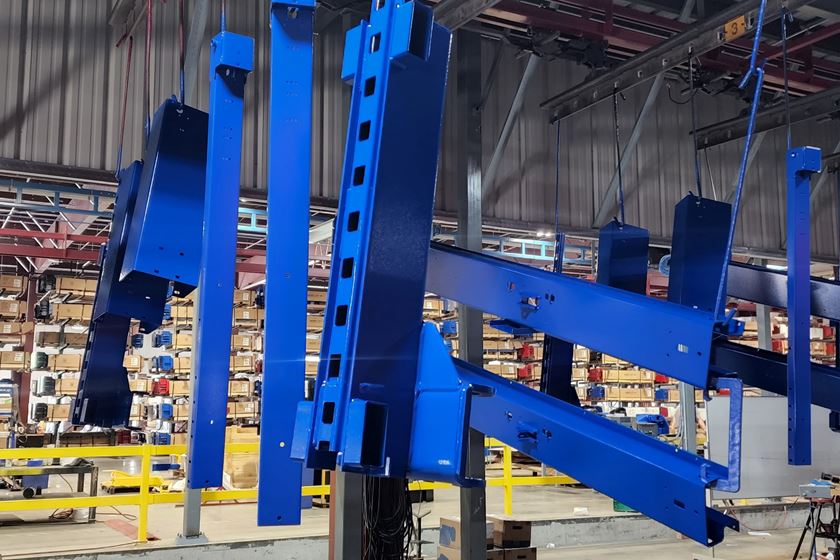Perspectives: Why Do Customers Take Their Business Elsewhere?
Companies in the United States lose nearly half of their customers every five years according to Paul R.
#management
Companies in the United States lose nearly half of their customers every five years according to Paul R. Timm, professor in the Department of Organizational Leadership at Brigham Young University's Marriott School of Management, Provo, Utah. Even though it is five times more costly to gain a new customer than it is to maintain a current one. Are you doing anything that turns your customers away? Are you doing anything to ensure that you keep your current customers?
William Keenan, Jr. in his article in Industry Week presents the top three customer "turnoffs," as unveiled by Professor Timm's research. These three accounted for 97% of all the survey responses.
Featured Content
1. Value turnoffs mean that your customer does not feel he/she is getting what he/she paid for. This is not as big an issue when costs are low, but with high-cost items, customers expect quality.
In finishing, all customers expect quality. However, when plating to military or automotive specifications, you may have to do more to ensure a quality finish.
2. Systems turnoffs have to do with how you do business. Is there a lot of paperwork? Are most of your employees knowledgeable enough to answer customers' questions? What is your turnaround time? Do you meet the turnaround time you say you will meet? Are you meeting the expectations you set up for your customers?
3. People turnoffs are probably the most obvious. Do your employees care about the finishing they are doing? Are they courteous and professional when they do meet customers?
Since most of you are selling a service and not a product, your brand is a promise that you will meet customer demands. Your commitment to the customer concerning quality, price and turnaround time has the most impact. Managing the "brand" consistently and energetically is how to keep your customers.
RELATED CONTENT
-
National Association of Metal Finishers (NAMF)
Founded in 1955, the National Association of Metal Finishers (NAMF) is comprised of management executives in the surface finishing industry and related fields.
-
Valence Surface Technologies Sold to Investment Groups
ATL Partners and British Columbia Investment Management purchase Texas-based Valence.
-
Bridging the Sales-Operations Divide
Matt Kirchner recently assembled a group of manufacturing industry sales and operations professionals to define "Rules of Engagement," a group comprised of seven individuals with combined experience exceeding 120 years. Here's what they came up with.


















